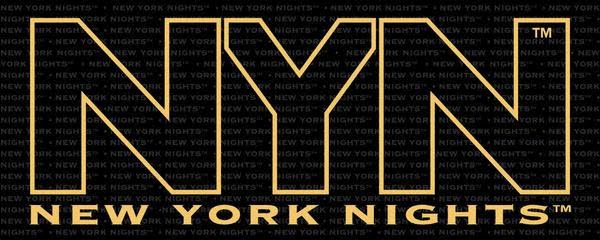
By Gamal Hennessy
The roots of Hip hop have been in the news quite a bit recently. Fat Beats , the iconic repository of rare vinyl has closed. Angus Batey, a writer for the London Guardian recently argued that the history of the genre is fading away because early albums are not being reissued in the same way that blues, jazz and rock albums are. When you add to all this hip hop’s inherent obsession with being current and moving forward to the result a loss of years and years of great music by rap pioneers.
The history of rap music is a dramatic story of growth and influence that is not actively preserved. In thirty years, it has gone from what some critics referred to as a passing fad to the dominant genre of modern music. Hip hop established a strong cultural connection to America from the 80s to today. However, while most other genres of music have historians, musicologists, and other scholars preserving the music and the history of the musicians. Hip hop doesn’t really have that same archive.
One of the main ways music is maintained is through the practice of reissues, where older tracks are re-mastered, unreleased material is added and major box set compilations are released. This gives the original audience a chance to relive the music of their youth while at the same time introduces a new generation to the music. Artists in other genres, including blues, jazz and rock, benefit from extensive reissue collections every year.
Hip hop has several characteristics that hinder this kind of treatment. Live performances, mix tapes and demos are not available or difficult to come by for the purposes of re-mastering. Many of the original artists signed deals that took away all the rights to their albums, so they couldn’t re-release them even if they wanted to. Finally, hip hop has and inherent stigma against living in the past. The Grateful Dead toured constantly for years without releasing a new studio album. Maxwell and Sade stayed out of the industry for years and were able to return with chart topping albums that maintained their signature style. It is very difficult for a hip hop artists do live off their past glory that way. They have to be current or be ignored.
This struggle for reinvention limits the understanding of the public. The general public knows where hip hop is, but not where it came from. Flavor Flav only known for being on Flavor of Love, not as the influential hype man for one of the most popular afro centric hip hop acts in history. Run only known for being Rev Run and having a vague connection to hipster T-shirts, not as one of the foundations of old school rap. Queen Latifah, Ice-T, Will Smith, Ice Cube and LL Cool J have almost completely reinvented themselves as actors first and rappers second. Diddy is on his third name change. These new incarnations aren’t necessarily bad, but the new personas don’t have to erase the original music.
There is some support for the music and artists that established hip hop. VH1 just broadcast its annual Hop Hop Honors awards show to recognize the contributions of founding artists. The Rock the Bells concerts brings back artists to perform their classic albums every summer. As a small contribution to the preservation of hip hop heritage, I’d like to offer a timeline of the hip hop genre of music later this week. It won’t be definitive by any means, but it will be enlightening for anyone who thinks hip hop started with Eminem.
I don’t argue that the rappers listed in each category only were only successful in one era. Many artists have had long term careers. I am suggesting that hip hop has a rich history spanning more than three decades and a cultural influence that is just as strong, if not stronger than other forms of American music. That music deserves to be studied and preserved in the same manner as the music of Bob Dylan, Miles Davis and the Beatles. Anything else is a rejection of what hip hop means to nightlife culture specifically and American culture in general.
Have fun.
Gamal







